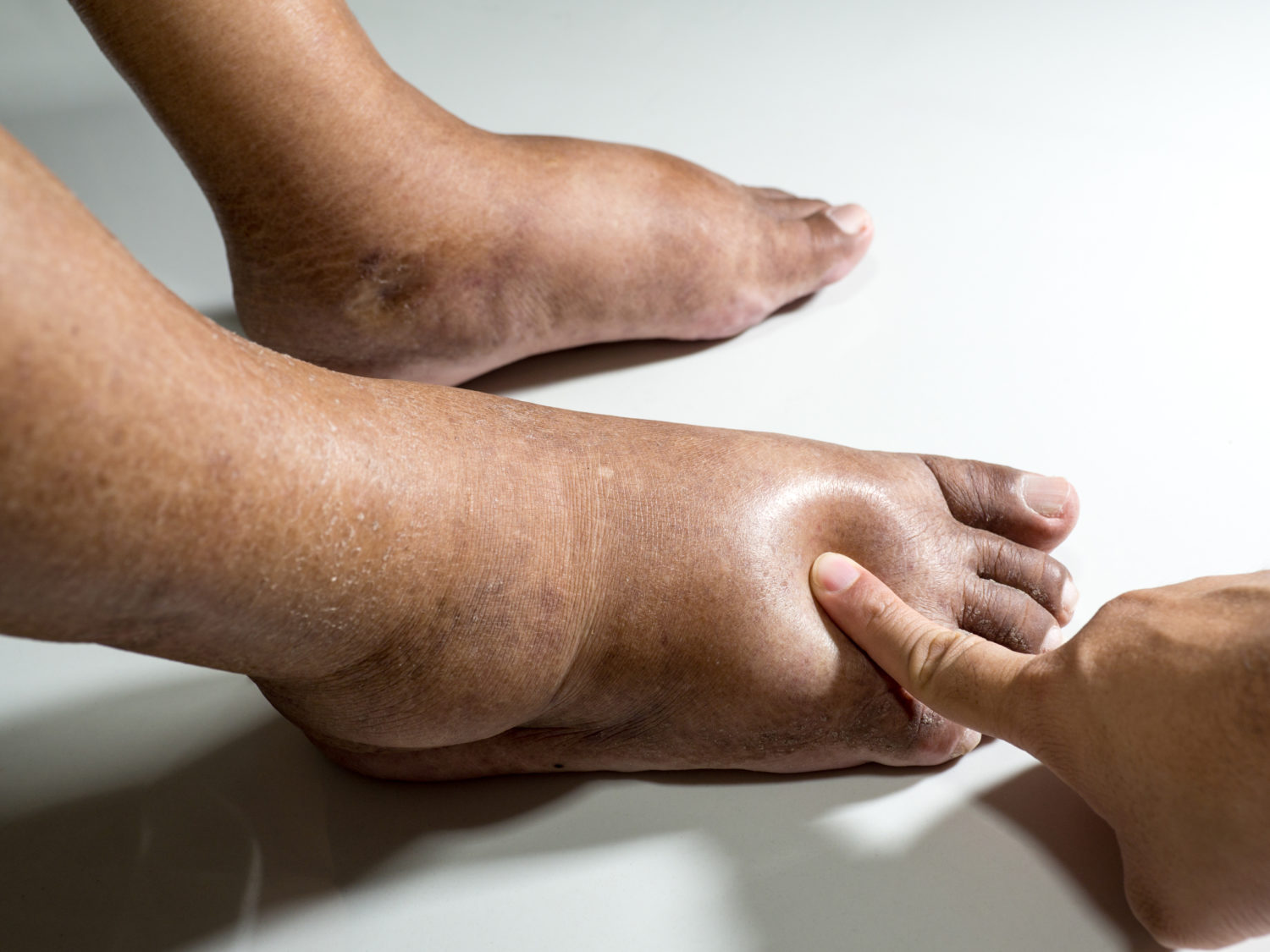Do not ignore wounds or injuries in the feet of diabetic patients, there may be many dangers
Do not ignore wounds or injuries in the feet of diabetic patients, there may be many dangers
Diabetes affects many of your organs. Many times it is seen that people get sores or blisters on their feet due to diabetes.
Dharmendra has diabetes for the last 3 years. After returning home from office last day, he felt pain in the soles of his feet. If you look carefully, you can see a small red mark like a blister on the leg. Seeing this mark, Dharmendra understood that his feet were blistered due to walking too much or because of his new shoes. Dharmendra applied antiseptic cream on the blister to fill it.
After 2 days Dharmendra got a small wound on his leg and blood was seen in his socks. The next day he started having difficulty walking. Still it seemed normal to Dharmendra. For this he did not understand the need to go to the doctor. During the week, when the wound got worse, Dharmendra went to the doctor. The doctor told Dharmendra that it is 'diabetic foot ulcer'.
What is a diabetic foot ulcer?
Diabetes affects many of your organs. Many times it is seen that people get sores or blisters on their feet due to diabetes. If these lesions are not taken care of, the person may become a victim of serious infection. This is called diabetic foot ulcer. The onset of such lesions is very common, so people tend to ignore it at first. More than 10% of diabetes patients have this problem in their life. If you are careful from the beginning, then you can avoid getting bad feet.
How dangerous are diabetic foot ulcers?
The tissues of the feet are softer than the tissues of other parts of the body. So if a person has an infection in their legs, it can easily spread to the muscles and bones. Patients with diabetes already have problems with pure oxygenated blood. In such a case, this infection in the feet becomes quite fatal. Many times, if not paid attention to, the infection can spread so much that a person's feet have to be cut off and separated, so that the infection does not reach other parts of the body.
How can diabetic patients avoid the danger of diabetic foot ulcers?
If you have diabetes, you can reduce the risk of diabetic foot ulcers by keeping a few things in mind.
By keeping blood sugar under control, you can reduce the risk of infection. If your blood glucose level remains normal, then you will feel injuries, wounds etc. easily and quickly. Apart from this, if the blood sugar remains normal, the wound starts to heal faster, while when the blood sugar is increased, the wound starts to grow instead of healing.
Keep an eye on your feet every day. If you notice any blisters, red marks or lesions on your feet, contact your doctor immediately without delay. If you are having trouble seeing the soles of your feet, look at them in front of a mirror.
Usually, to cure such a foot ulcer, the doctor cuts the infected part of the skin and separates it, thereby speeding up the wound healing process.
Apart from this, the doctor puts a dressing on your wound, which you should change regularly. Keeping the same bandage or cotton on the wound for several days also increases the infection.
If you have a diabetic foot ulcer, your doctor may advise you to rest for a few days.
If the leg ulcers are not healing in 4 weeks or the infection has spread to your bones, then the doctor may advise you to undergo an operation.


Comments
Post a Comment
If you have any doubts. Please let me know.